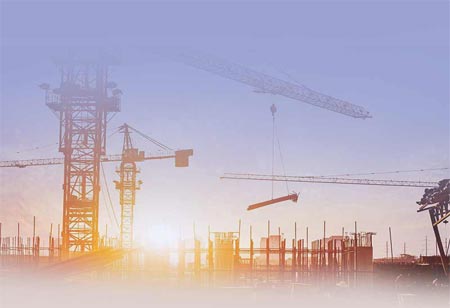Thank you for Subscribing to Construction Business Review Weekly Brief
Specials
- Apartment and Condominium Contractors Canada
- Decking Canada
- Architectural Glass Europe
- MEP APAC
- Construction Saudi Arabia
- German Apartment and Condominium Contractors
- Construction Law APAC
- Outdoor Construction
- Foundation Construction Canada
- MEP Canada
- Kitchen and Bath
- Cold Storage Construction APAC
- Precast Concrete Europe
- Construction Staffing Europe
- Pre-Construction Services
- Flooring System APAC
- Scaffolding Canada
- Swimming Pool Construction Canada
- Construction Management Canada
- Cold Storage Construction Canada
- Flooring Systems Europe
- Residential Construction
- Concrete Canada
- Construction Cladding Europe
- Construction Cladding APAC
- Concretes, Aggregates and Construction Materials APAC
- Concretes, Aggregates and Construction Materials Europe
- Commercial Contractors Europe
- Commercial Contractors APAC
- Dummy
- Construction Insulation, Coating and Waterproofing
- Construction Management APAC
- Landscaping Canada
- Construction Coating Europe
- Construction Tech Startups Europe
- Insulation Services Europe
- Mechanical Contractor Canada
- Mould Remediation and Testing Europe
- Swimming Pool Construction APAC
- Building Sealing Solutions Europe
- Construction Engineering Services
- Mechanical Electrical and Plumbing
- Roofing Systems Europe
- Architectural Glass APAC
- Startups APAC
- Construction Forensic and Owners Representative
- Flooring System
- Waterproofing APAC
- Wall Systems
- Safety and Compliance Europe
- Construction Bidding and Auctions
- Modular and Prefab Construction
- Architectural Glass
- Construction MENA
- Construction Demolition and Recycling Europe
- Modular Construction Europe
- Construction Interiors
- Steel Building APAC
- HVAC
- Doors and windows
- Construction Latam
- Building Information Modeling APAC
- Sustainable Construction APAC
- Building Restoration and Maintenance
- Commercial Contractors
- Specialty Construction
- Construction Engineering Canada
- Construction Engineering MENA
- Modular Construction Canada
- Modular Construction APAC
- Roofing and Siding Systems
- Workforce Management and Staffing
- Roofing Systems APAC
- Construction Consulting
- Steel Building Europe
- Construction Demolition and Recycling APAC
- Safety and Compliance APAC
- Concretes, Aggregates and Construction Materials
- Construction Cladding
What are the Issues with the Management of HVAC Systems?
The most effective smart buildings of today boost worker productivity and provide a comfortable, healthy atmosphere for guests by utilizing artificial intelligence (AI), robust software, and cutting-edge IoT technologies

By
Construction Business Review | Friday, February 16, 2024
Stay ahead of the industry with exclusive feature stories on the top companies, expert insights and the latest news delivered straight to your inbox. Subscribe today.
Energy savings are typically given much less importance by building managers, who prefer to control HVAC building automation systems by making trial-and-error adjustments in response to tenant comfort feedback.
Fremont, CA: The most effective smart buildings of today boost worker productivity and provide a comfortable, healthy atmosphere for guests by utilizing artificial intelligence (AI), robust software, and cutting-edge IoT technologies. But now, not many structures qualify as "smart" structures. Globally, forward-thinking businesses and private residences are going digital to minimize operational costs, save energy, lower carbon emissions, and raise the IQ of owned structures.
The room's environment could be controlled thanks to the combined air conditioning, heating, and ventilation systems. This improved the conditions for people to be in the space.
Heating, ventilation, and air conditioning (HVAC) systems are predicted to see a hike in value compared to earlier times. They enhance how HVAC systems are managed in business and residential environments. By linking their HVAC systems to the Internet of Things, manufacturers, contractors, and end users can monitor how well they're working and spot issues before they cause significant disruptions.
Issues with the Management of the HVAC System
Some of the prominent issues in the management of the HVAC systems may include:
A Question of Priorities:
Energy savings are typically given much less importance by building managers, who prefer to control HVAC building automation systems by making trial-and-error adjustments in response to tenant comfort feedback.





